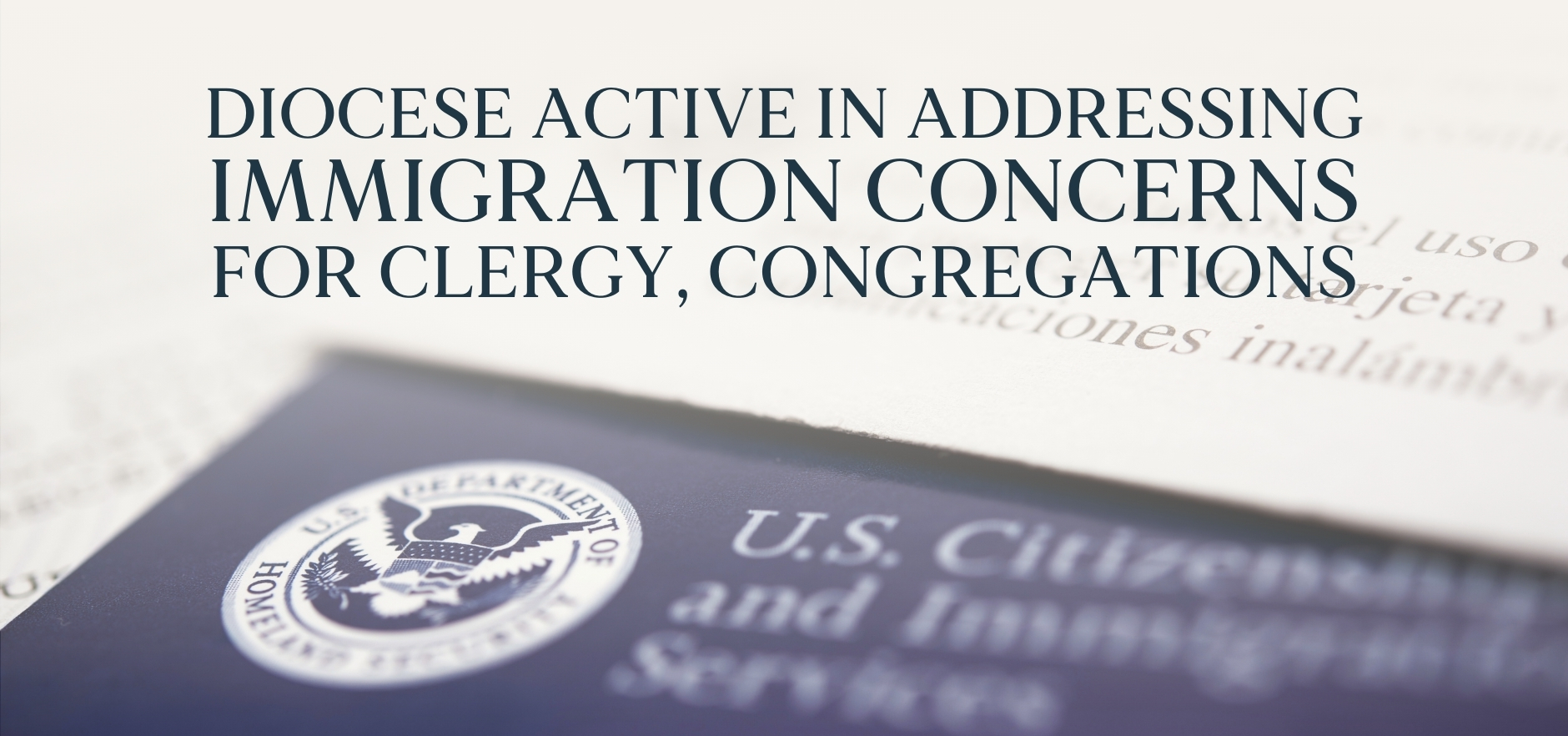
Regardless of politics, the topic of immigration has become one of increasing concern in both the U.S. and the state of Florida. Now, the factors surrounding this issue are having direct impact on clergy and congregations in the Episcopal Diocese of Central Florida. According to the Rev. Canon Dr. Dan Smith, canon to the ordinary, the problem isn’t a new one, but amid the struggles, he and the diocese are doing everything they can to help those affected. Upon the recommendation of the Hon. Todd Pittenger, chancellor, the diocese has hired an immigration attorney who is both advising and teaching Smith as he works with priests and congregations attempting to resolve the concerns.
Not a New Problem
“I would say that what we’re facing today is 40 or more years in the making – the immigration system for the U.S. and how people enter the country for legitimate reasons, to make a better life for themselves or their families or to escape violence in other countries,” Smith said. “The immigration system has been broken for probably four decades at least, which takes us back to the ’80s, through several Republican administrations and several Democratic administrations. Ultimately, it’s the responsibility of Congress to fix it, and so far, that hasn’t happened. So what are we facing?
“The problem I’ve been working on most recently is with clergy,” he said. “We do have clergy who are technically citizens of other countries, and in particular, citizens of Canada. When a person comes from another country as a member of the clergy, they apply for what is called an R-1 visa, which is a religious worker’s visa. You can apply for an R-1 visa, and when you apply for it, you have to have a position, a job that is there waiting for you.
“If a church calls a priest from Canada, the church becomes what’s called ‘the petitioner,’ and they petition the federal government on behalf of the clergyperson for an R-1 visa, and the government almost automatically grants those,” he said. “The problem is that the process takes somewhere between five and 10 months, sometimes longer, for something that is generally almost automatic. That seems extraordinary to me.”
Mandated Waiting
This time gap means that churches committed to a call for a particular priest often end up waiting months for that priest to arrive in-country, as was the case with the Rev. Jonathan Turtle, who became rector at Emmanuel, Orlando, in January 2023. As a part of the process, Turtle had to leave his family behind for nearly two months.
“Once priests get the R-1 visa, they can come here and work,” Smith said. “Then that R-1 visa lasts about 28 months, and toward the end of that 28 months, you can apply for an extension, which lasts another 28 months. So you end up with 56 months, or not quite five years, in the country.
“The way the system is built is that partway through the extension of your R-1, you apply for permanent residency, the so-called green card that everybody talks about,” he said. “But the issue now is that the rules have changed in the past couple of years.”
Smith explained that those with an R-1 visa are now joined with other groups who are all seeking permanent residency, and the federal government only allows a certain number to receive that per year. In other words, it could end up that fewer clergy receive green cards because so many others are waiting to receive them as well.
Another factor is that the federal agency that manages legal immigration, the U.S. Citizenship and Immigration Services, is behind in its work, Smith said. “Last we checked, which was just a couple of weeks ago, they were dealing with applications from January of 2021.
“We’re talking about the USCIS being more than four years behind, so what can happen?” he asked. “Unless the federal government catches up, it’s possible that you won’t be eligible to get your green card until 24-36 months after your R-1 has expired, which means you would have to go back to your country of origin. And when you go back to your country of origin, you have to wait for 12 months before you can reapply for an R-1, and you’re back at the very beginning, starting over completely.”
One positive is that USCIS is working to catch up; although the agency still has a backlog, the gap closed by two years in 2024. “Father Turtle at Emmanuel is far enough back in line that the government may catch up,” Smith said. “He’s just applied for his extension. … the gap has narrowed, and if it keeps narrowing, he should be OK.”
“One of the problems is that this places unfair stress on clergy families and congregations in the United States,” Turtle said. “Prior to 2023 it was about a six-to-12-month process for a cleric to adjust their status to be able to stay in the country beyond their R-1 visa. However, since March 2023, that same process now takes years. The good news is that things can be done to rectify the problem, and we’re hopeful that will happen.”
Difficult Decisions
Another Orlando priest and congregation profoundly impacted by the issues surrounding immigration are the Rev. Ryan Cook and Church of the Ascension, Orlando, where the rector has given four years of “extraordinary work,” Smith said. In early January, Cook announced to his congregation that he has accepted a position in England. He will leave the church and the U.S. at the end of this month.
“The only reason he is leaving is because he cannot get his permanent residency,” Smith said. “Our immigration attorney has looked at everything too, and it’s just about where he is in line and the backlog that USCIS has.”
The Cooks had already faced multiple challenges connected to immigration. Their three young-adult children ultimately moved back to Canada because USCIS would not allow them to seek employment. And Cook’s wife, Chantelle, who had worked in the film industry in Vancouver, British Columbia, prior to their move to Orlando, has not been allowed to work the entire time the couple has lived in the U.S.
“Father Ryan could be three years from his worker’s permit,” Smith said. “She’s close to seven.” This contrasts with the laws in England, where, he said, “It took no time for him to get what he needs to live and work there, literally, for the rest of his life.”
Because of issues such as these, Smith tells priests who call him from Canada hoping to immigrate that unless they already have their permanent residency – such as in the case of the Rev. Matthew Perreault, rector at St. Thomas, Eustis, who is married to a U.S. citizen – he doesn’t recommend pursuing a call to Central Florida.
Danger Ahead
Clergy and congregants from countries such as Haiti or Venezuela, where violence is rampant, have another avenue for immigration, Smith said. “They can apply not only for an R-1 visa but for what’s called ‘temporary protected status.’ … If you have TPS, you can also have a worker’s card. But TPS has to be renewed every 6, 12 or 18 months, depending on the designation.
“Father Soner Alexandre, who serves at Church of the Messiah, Winter Garden, has an active Haitian ministry going,” Smith said, speaking of the congregation that celebrated its fifth anniversary last year. When Alexandre, who is married with three children, two of whom are U.S. citizens, first came to the U.S., the Rev. Tom Rutherford, rector at Church of the Messiah, helped him with his immigration application.
“Father Tom filled out those forms like he was an attorney and kept extraordinary records, which has really helped,” Smith said. Despite efforts from Alexandre himself and the diocese along with the continued violence in Haiti, this priest’s immigration status is tenuous at best.
But The Episcopal Church is not alone in facing immigration issues with its clergy members. “The Roman Catholic Church is facing about 900 religious workers losing their R-1 status,” Smith said. Unlike The Episcopal Church, which tends to address the problems on a case-by-case basis, the Catholic Church has taken on the challenges systemically, Smith said. “The U.S. Conference of Catholic Bishops [equivalent to the House of Bishops in The Episcopal Church] has been working on this now for several years, and they haven’t gotten anywhere either.”
Smith does see room for hope, however. He intends to continue working on behalf of the affected priests and churches and asked for prayer from the diocese regarding the entire situation. “This is not about who’s president,” he said. “It’s about God’s plan for our priests and our churches. It’s our responsibility to care for them – God being our help.”
